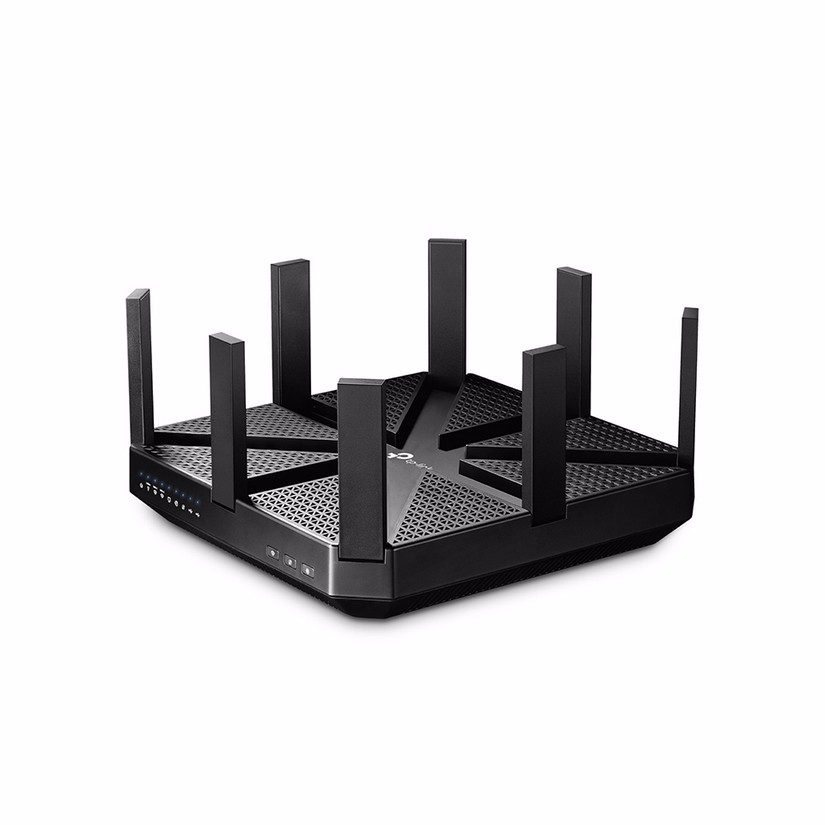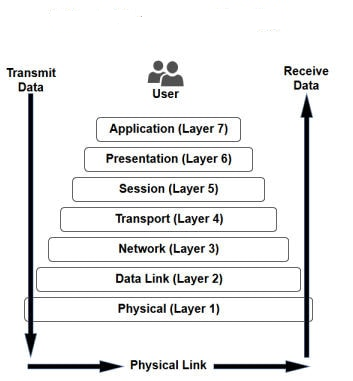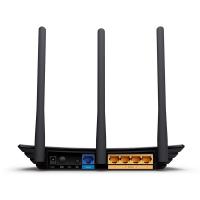
You have probably heard of the terms router, switch and modem but what does it actually mean? Is your router just a router or can it also be a switch, an access point and a gateway?
Previously each term above usually referred to a single device that performed a dedicated function. That is no longer true today. Depending on the type of your Internet connection the device provided by your ISP could be a modem, router, switch and access point all-in-one. You don’t necessarily want a multi functional device, though Internet Service Providers (ISPs) tend to push you that way.
To understand the difference between these dedicated devices you need to have a basic grasp of the seven layer Open Systems Interconnection (OSI) model shown below.

Basically the OSI model is a visual way of explaining how network data moves across the Internet. Each device in a network is designed to operate at a particular level of the OSI model.
Physical Layer – describes the media over which the data travels. For instance this encodes the voltage of a 1 or 0 signal across a copper wire. This typically is the job of the modem. It modulates and demodulates the signal as it moves in and out from the ISP to the end user. Examples are VDSL and Cable modems provided to Business and home users.
Note: Modern modems are considered to work at Layer 1 and 2 of the OSI model but they are primarily Layer 1 media devices.
Datalink Layer. describes the means by which the bits are carried across the physical layer. This is where a switch operates based on Media Access Control (MAC) addressing. Each computer on the network will have a unique MAC address. The switch will send the data frames across the Local network utilising a table of MAC addresses connected to the device.
Network Layer. A router is a Layer 3 Network device which acts as an interface between two networks. It forwards packets based on network level Internet Protocol (IP) addresses between your ISP’s router and either your LAN or your single PC. A router learns more about the networks to which it is connected and can be more selective about the packets it passes on. A router can also select the best route for packets to take in large interconnected networks.
Transport Layer and Session Layer – the transport and session layers provide end-to-end session integrity. This includes keep alives to ensure the connection is maintained. These layers implement the Transport Control Protocol (TCP) for Internet data transmission.
Presentation Layer and Application Layer – These provide the interface to the application. These layers implement the higher level software programs such as web browsing and email.
Today it is common for businesses and home networks to be supplied with a cost effective multiple functional network device to connect the Internet. These devices are like the Swiss army tool for networking. They perform the function of the modem, switch and router in a single box as shown below. This is the reason why the terms are confusing when referred to in the same device.

While cost effective multi functional devices do suffer from performance as more applications and computers are installed on the network. When your demand for data throughput increases typically with video applications and encrypted traffic it is wise to invest in dedicated routers and switches to ensure security and scalability.